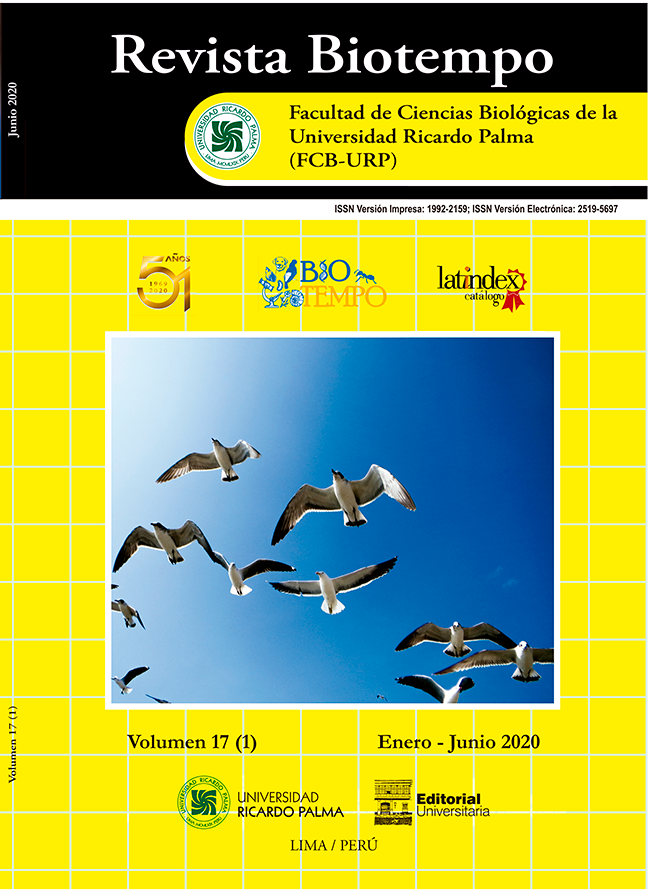OCCURRENCE OF GASTROINTESTINAL DISEASES IN NATIONAL AND INTERNATIONAL TOURISTS BETWEEN 2014-2018, IN MAZATLAN, SINALOA, MEXICO
DOI:
https://doi.org/10.31381/biotempo.v17i1.3059Keywords:
Diarrhoea, Gastrointestinal Diseases, Mexico, Nutrition, Tourism, TravelAbstract
The objective of this study was to describe the occurrence of gastrointestinal diseases cases related to the practice of gastronomic tourism in Mazatlán, Sinaloa, on the Mexican Pacifi c coast, in a 60 months period of analysis spanning the years 2014-2018. A total of 39 patient clinical records in a health private institution as analysed, 32% are national tourists and 68% international; 71% of the cases were female and 29% male. Of the cases reported in this work, the patients with hypertension were the most vulnerable group. A total 84.6% of the patients were diagnosed with acute infectious gastroenteritis, 5% gastroenterocolitis, 2.6% with intestinal amoebiasis, typhoid fever, rotavirus and food poisoning, respectively. Regarding signs and symptoms, 100% had diarrhoea, 33% dehydration, 41% nausea, 37.5% vomiting, 46% abdominal pain, 20% presented fever. In the coproparasitological examinations, 33.3% had Entamoeba histolytica (Schaudinn, 1903), Salmonella typhi (Salmon, 1885) (2.6%), bacteria (20.0%), Clostridium diffi cile (Hall & O’Toole, 1935). (6.6%), Endolimax nana (Wenyon & O’Connor, 1917) (3.3%) and Entamoeba coli (Echerich, 1885) (3.3%). Th e results indicate that E. histolytica is the most frequent pathogen in the diagnosis of gastrointestinal disease due to seafood consumption in Mazatlán, Sinaloa on the Mexican Pacifi c coast. It is concluded that; a) gastrointestinal diseases are a public health problem; b) eff ective regulations must be adopted to prevent infection; c) people should desist from consuming raw or undercooked shellfi sh in places with poor hygiene; d) the absence of anthropometric data collection limits the analysis of the nutritional status of the population, and e) describes the implications for the tourism sector and public health in Mazatlán, Sinaloa, a coastline society with great regional and gastronomic identity.










